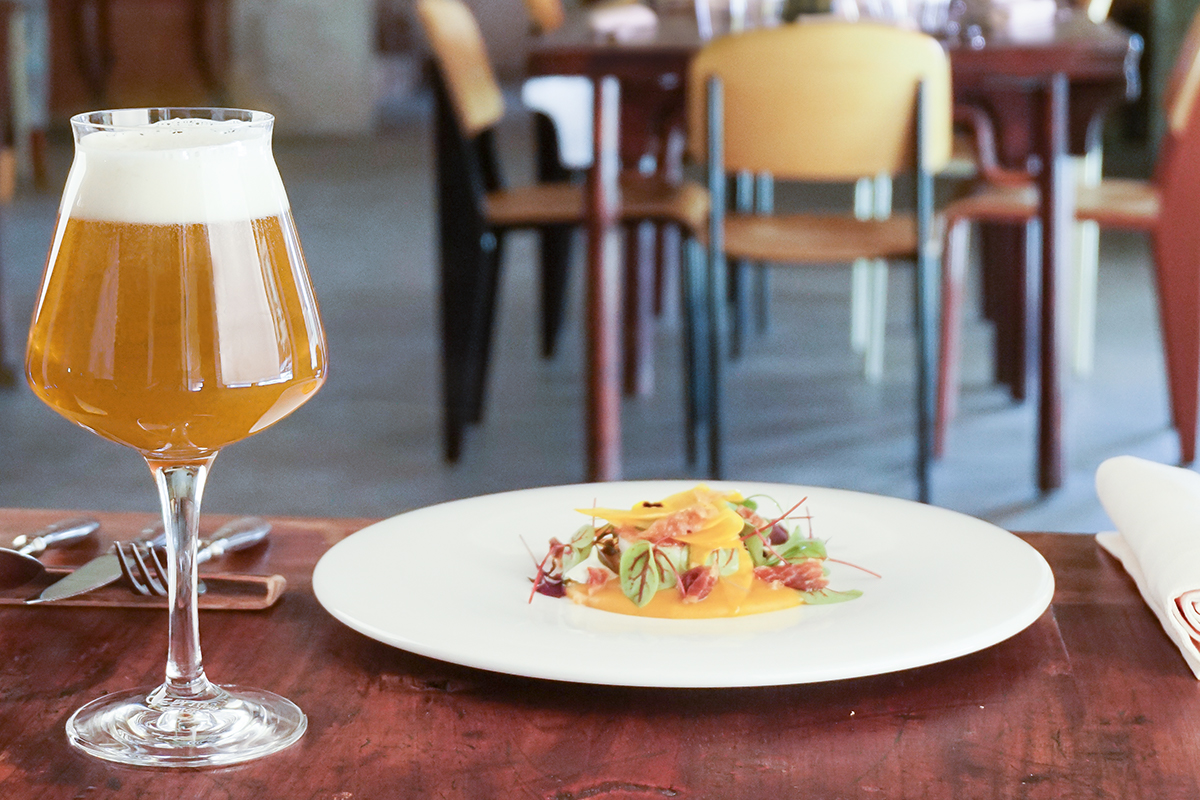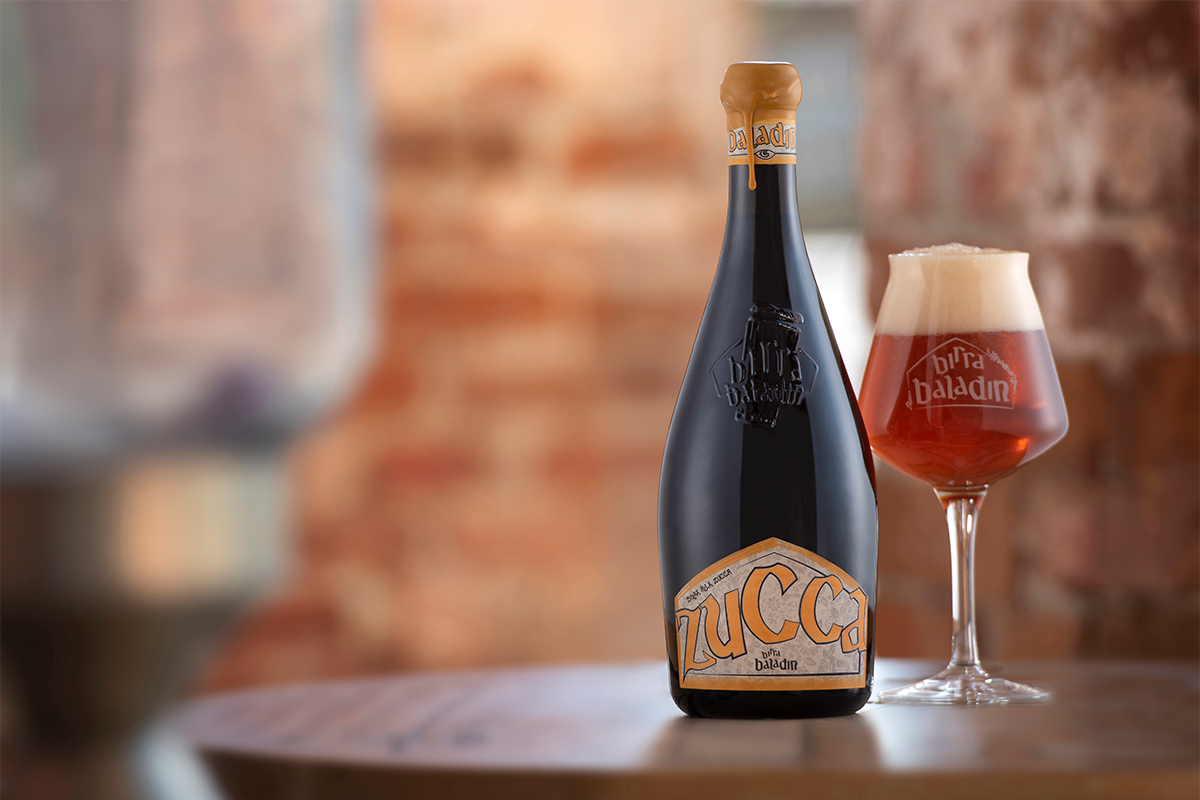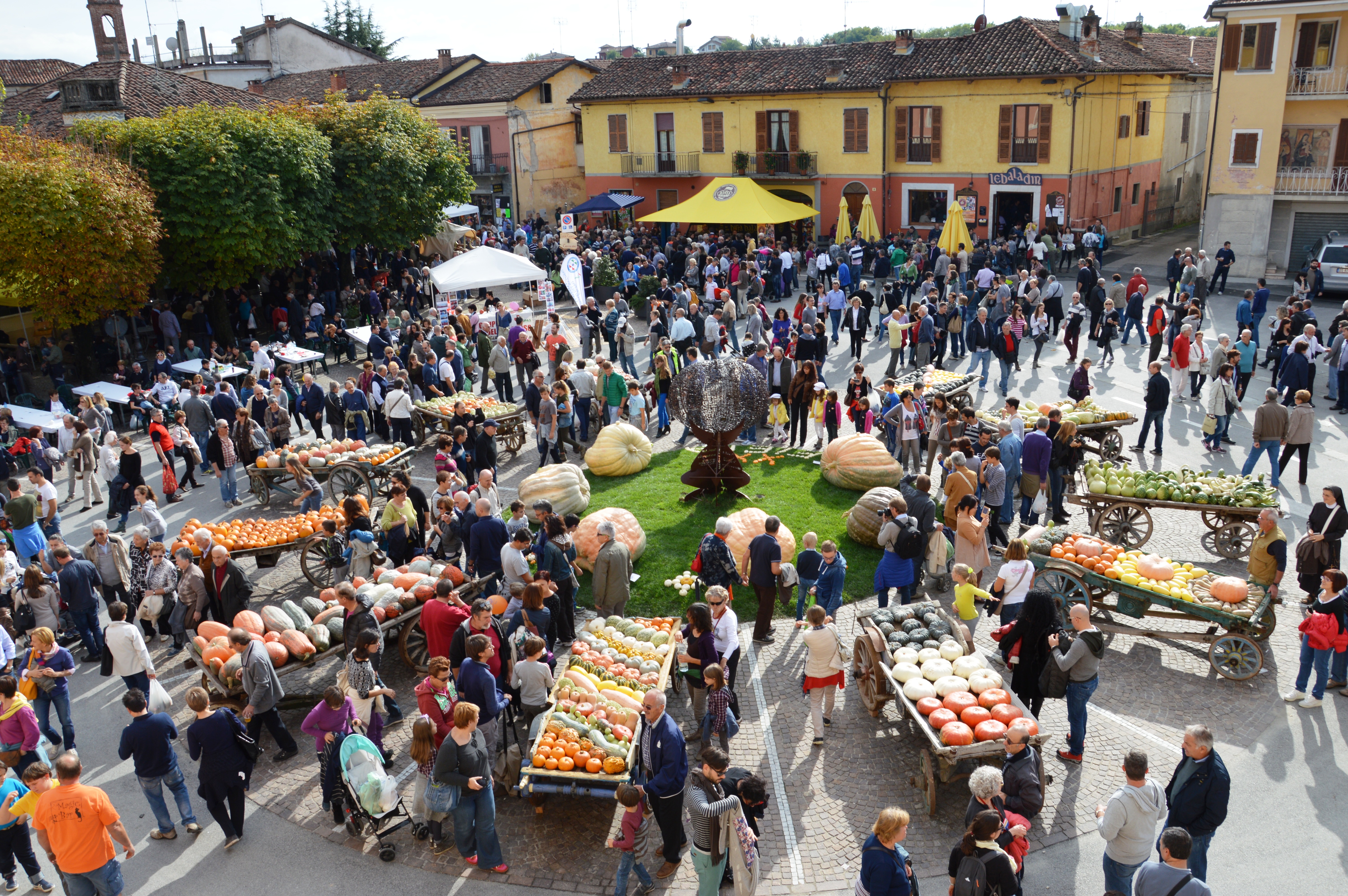The best food pairings for Pumpkin Ales

Pairing food and drinks is a sublime creative exercise. Combining two tone-on-tone elements hoping that they will not get in the way of each other is not what pairing is about: it’s just celebrating boring and abused social rules, to the detriment of the uncontrollable flow of life.
By the same token, combining two personalities that will tear each other apart in a deadly fight is not what pairing is about: it’s creating a gory show for those who like this kind of entertainment.
Pairing is about creating a couple, a dyad, a new entity with its own life. The result is based on an intrinsic balance and brings out new characteristics that go well beyond the sum of the components.
SUBSCRIBE TO OUR NEWSLETTER
Food and beer pairings: between balance and contrasts
Beers are very generous and versatile drinks when it comes to pairings. The existence of hundreds of beer styles with different taste profiles means that the entire variety of basic tastes and mouth feels can be embraced. Artichokes, fennels, asparagus, pickles, chocolate, desserts made with spirits, ice cream and other foods that would normally be a conundrum even for the most skillful sommelier can easily find a beer that can support them egregiously.
If the fundamental rule of pairings is followed - i.e. ensuring the same intensity and depth of taste of the beer and the dish so that no stronger element cannibalizes the weaker - you can easily play around.
- One possible path is to find similarities between the food and the drink.
- Conversely, you can also play on contrasts to create a higher level of harmonies.
- Or you can try to complete a dish: this approach is often used to find pairings with beers enriched by edible ingredients such as pumpkin and spices.
In other words, the aromas and tastes given to a beer by the special ingredients added to water, barley malt, yeast and hops, can complete a dish with hints of additional scents and tastes which give the ultimate touch to the gastronomic experience.
Pairings for a Pumpkin Ale
With beers where the scents and tastes of the pumpkin take center stage and contain none or very little spices, we can think of dishes where the aroma and taste of the colorful gourd is also used as an ingredient, or we can enrich a dish made without pumpkins.
A wok of Eastern-style vegetables, served with basmati rice and maybe sprinkled with coriander, curry powder or any other spices that are not in the beer, is a good example. It is also possible to look for the pleasant contrast between the sweetness of the vegetable, especially if it has been processed into a compote, and blue cheese (such as pungent gorgonzola). Think, for instance, of a Pumpkin Ale with a quiche or a risotto made with one of these masterpieces of cheese-making.
In the United States, where Pumpkin Ales originally come from, they are often drunk with the typical Thanksgiving stuffed turkey, served with potato and pumpkin puree.
Other ingredients that can create a pleasant synergy with pumpkins are mushrooms, nuts and cocoa. We can therefore think of pairing a Pumpkin Ale with a chestnut or peanut soup, noodles or pad thai sprinkled with roasted peanuts or hazelnuts, or tagliatelle or ravioli made with chestnut flour or cocoa and enriched by a smoked ingredient, such as speck or crunchy bacon.
Finally, Pumpkin Ales with enough body and alcohol content can easily support a dessert or a mousse with chocolate, hazelnuts, amaretto or peanut butter.
As for the dishes where pumpkin is the main ingredient - such as the sumptuous tortelli from Mantova or Crema, or risotto, or even a cheesecake or a pumpkin pudding - if we want to emphasize its presence without canceling it with a tone-on-tone effect, the winning choice is to go for a Pumpkin Ale with a distinctive presence of spices like nutmeg, cinnamon or Jamaican pepper.





